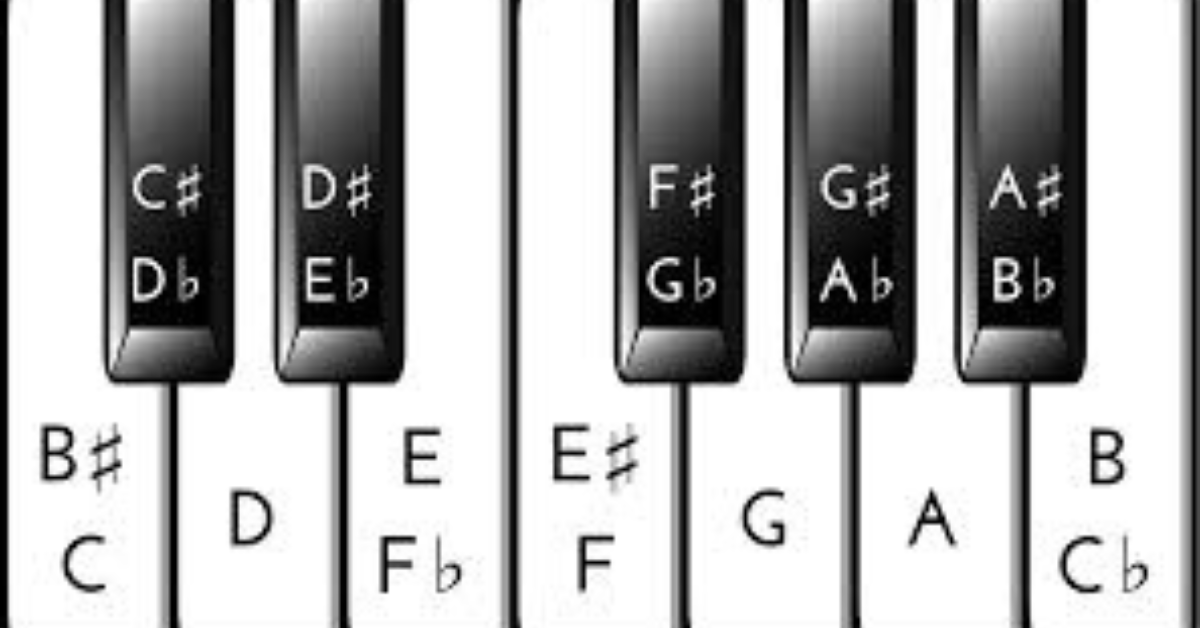Pianos have long been cherished for their musical richness and ability to bring people together. Whether you’re a seasoned musician or a novice just starting out, the question of how much a piano costs is essential for anyone considering purchasing one. The price of a piano can vary dramatically based on several factors, including the type of piano, brand, condition, and additional features. This article aims to break down these costs to give you a clearer understanding of what to expect when buying a piano.
Types of Pianos and Their Price Ranges
1. Digital Pianos
Digital pianos are popular for their portability and lower maintenance requirements. They often come with various features such as headphone outputs, built-in rhythms, and recording capabilities.
- Price Range: $300 to $2,500
- Entry-Level: $300 to $800 (e.g., Yamaha P-Series, Casio Privia)
- Mid-Range: $800 to $1,500 (e.g., Roland FP series)
- High-End: $1,500 to $2,500 (e.g., Kawai, Yamaha Clavinova)
2. Upright Pianos
Upright pianos, also known as vertical pianos, are more traditional and occupy less space than grand pianos. They are suitable for homes and smaller venues.
- Price Range: $2,000 to $10,000
- Entry-Level: $2,000 to $4,000 (e.g., Yamaha U series, Kawai K series)
- Mid-Range: $4,000 to $7,000 (e.g., Baldwin, Steinway & Sons)
- High-End: $7,000 to $10,000 (e.g., Kawai, Yamaha)
3. Grand Pianos
Grand pianos are the epitome of elegance and superior sound quality. They are ideal for concert settings and professional musicians.
- Price Range: $7,000 to $100,000+
- Entry-Level: $7,000 to $20,000 (e.g., Yamaha GC series, Kawai GL series)
- Mid-Range: $20,000 to $50,000 (e.g., Steinway & Sons, Baldwin)
- High-End: $50,000 and up (e.g., Fazioli, Bosendorfer)
Factors Influencing Piano Prices
1. Brand
The brand of the piano significantly influences its cost. Well-known brands like Steinway & Sons or Yamaha tend to have a higher price due to their reputation for quality and craftsmanship.
2. Condition
New pianos typically cost more than used ones. However, the condition of a used piano can dramatically affect its price. Be sure to consider factors such as:
- Age
- Wear and tear
- Maintenance history
3. Materials and Features
Pianos made with high-quality materials (like solid wood) and those with advanced features (like Bluetooth connectivity or high-end sound sampling) often come with a higher price tag.
4. Size
The size of the piano can also affect its price. Grand pianos are larger and more complex, resulting in higher costs compared to upright or digital pianos.
Additional Costs to Consider
When budgeting for a piano, it’s essential to consider additional costs beyond the purchase price:
- Delivery Fees: Large pianos, particularly grand pianos, may require professional delivery, which can range from $100 to $1,000 depending on distance and complexity.
- Tuning and Maintenance: Pianos require regular tuning, which can cost between $100 and $200 per session. For acoustic pianos, expect to tune them at least twice a year.
- Accessories: Don’t forget to budget for accessories such as a bench, sheet music, and potentially a humidifier for acoustic pianos.

